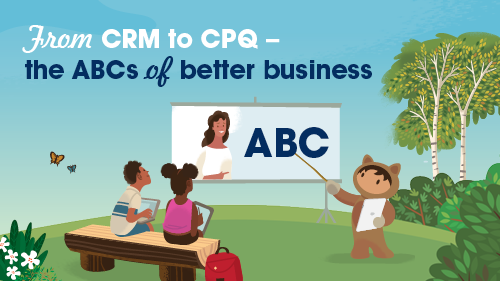Business technology has always involved its fair share of acronyms. But if the alphabet soup has you saying “OMG,” then here’s a handy primer that breaks down some of the most common acronyms you’re likely to encounter.
What is ABM?
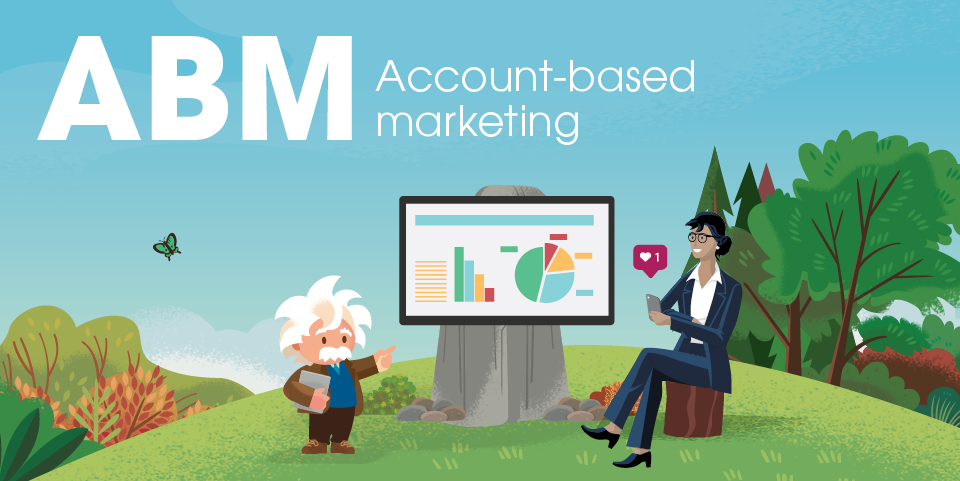
Just as you can tailor experiences for a single customer based on factors like purchasing history or website engagement, you can tailor experiences for an entire account. This means personalised marketing for an entire account and the many different people you might interact with while serving that account. Learn more about ABM in this deep dive and infographic.
Extra credit: ‘Ideal customer profile’ or ICP is an acronym that comes up a lot if you’re talking about ABM. Basically, it’s a detailed summary of your ideal customer. The more detailed the ICP, the better your ability to target lead-generation strategies.
What is AI?
The term ‘artificial intelligence’ is often used as a catch-all for modern, digital technology. But, specifically, it’s the part of that technology that simulates human intelligence. This enables technology to learn over time and repeat certain kinds of tasks or logic, empowering people to focus on the more complex work that demands contextual reasoning. Find out what it means for businesses.
Extra credit: ‘Machine learning’ or ML is a related term and refers to the specific act of learning to predict outcomes, which is an essential part of AI. This process might be supervised, meaning the machine is actively taught, or unsupervised, meaning the machine can learn on its own. ‘Human in the loop’ or HITL refers to a workflow that delegates the bulk of data-crunching to an AI-enabled solution, but incorporates human oversight to validate the machine’s conclusions.
What is B2B?
‘Business to business’ refers to businesses with products and services that are sold to other businesses. So a corporate accounting service would be considered B2B, as it sells its services to companies. But a suburban accounting service may or may not be B2B, depending on whether it services local businesses, or individuals.Extra credit: ‘Business to consumer’ or B2C refers to businesses with products and services that are sold to consumers. You can even combine both with ‘Business to business to consumer,’ or B2B2C. Typically connected to ecommerce, this refers to a business model that sees one business partnering with another business to sell to a customer. Think about the Uber Eats model, where the technology of one business combines with the culinary skills of another business, to sell to consumers. Check out Fisher & Paykel’s story to find out how they redefined their sales approach in all three environments.
What is CRM?
‘Customer relationship management’ is probably the most common Salesforce acronym – it’s where we started! By our very own definition, “CRM is a technology for managing all your company’s relationships and interactions with customers and potential customers. The goal is simple: Improve business relationships. A CRM system helps companies stay connected to customers, streamline processes, and improve profitability.”
See our CRM 101 guide to understand more about this technology and how it’s become a critical tool for teams all over the world.
What is CPQ?
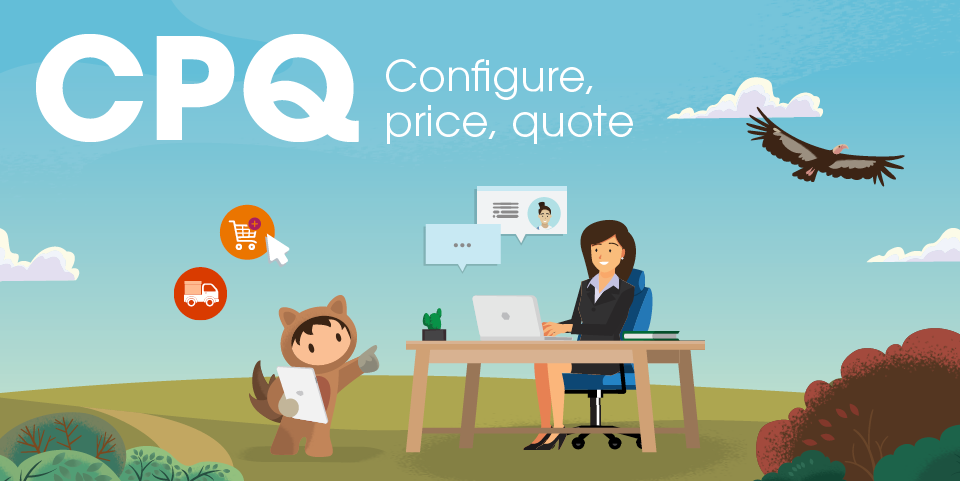
‘Configure, price, quote’ is a term for a type of software, such as Salesforce CPQ, that quickly and accurately provides pricing for any configuration. It means products and services can be highly customised for each customer with an immediate, accurate price.
Extra credit: There’s a whole bunch of other terms you might encounter when you’re talking about CPQ. For instance, ACV, ‘annual contract value’ refers to the value of subscription revenue from a customer over 12 months. Meanwhile, QTC or Q2C (‘quote to cash’) is the process that begins with a customer’s interest and ends with the product or service being received and paid for by that customer.
What’s an eDM?
‘Electronic direct mail’ marketing is the marketing process that involves sending emails directly to customers and potential customers, continuously refining their journeys to help you build a base of subscribers and leads. Here are seven of our favourite examples, or check out our 101 primer on email marketing.Extra credit: ‘Click-through rate’ or CTR is often a key metric for eDM marketing, measuring how many people click on a link and usually represented as a percentage of emails that achieved a click. Also, a COI is a ‘confirmed opt-in’ – when a subscriber clicks the confirmation link in the email sent to confirm their subscription. And another one you’ll hear often is ‘user experience’ or UX, which refers to the ease, meaning and relevance of a user’s interaction with your emails, website and other digital channels. While this one is hardly exclusive to eDM marketing, it’s a major consideration for everything from eDM design to subscription options.
What is IoT?
We’re now surrounded by web-connected devices, from smartphones to refrigerators, from mini-satellites to farm equipment. Collectively, these billions of devices are known as the ‘internet of things’.From a business perspective, this means a much bigger web of data sources that feed back into your CRM, helping you develop efficiencies like tracking stock while it’s in transit or proactively replacing ageing equipment. Find out more about IoT technology and how it’s changing the way businesses work.
What is MQL?
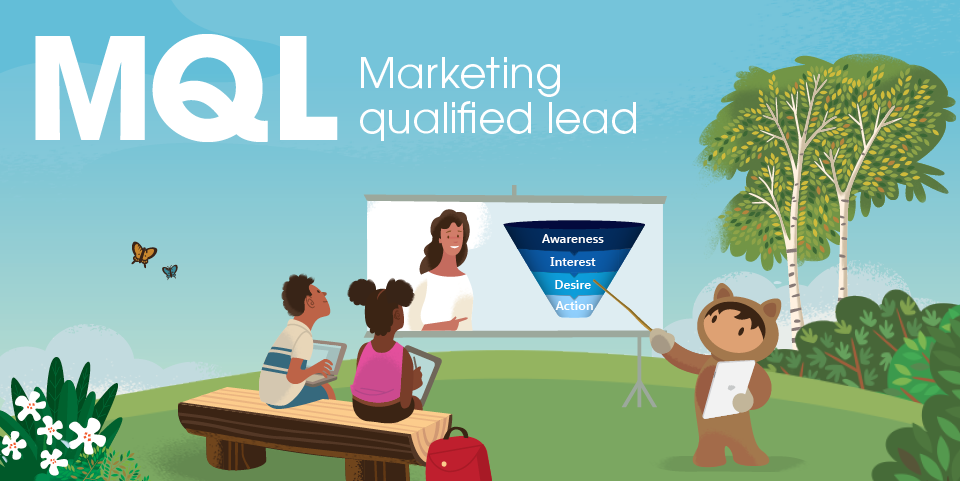
A ‘marketing qualified lead’ is one who has indicated interest in what a brand has to offer based on marketing efforts or is otherwise more likely to become a customer than other leads. In many cases, an MQL will have intentionally interacted with your brand, whether it’s submitting contact information, downloading materials, signing up for a mailing list, adding items to a shopping cart, or repeatedly visiting a website.
Extra credit: Along similar lines, a ‘sales accepted lead’ or ‘sales qualified lead’ (SAL or SQL) is a lead that is being handled by Sales as they consider a purchase. Think of it like this: an MQL is sort of just window shopping, while an SQL is inside the store and actively looking to make a purchase.
What is SaaS?
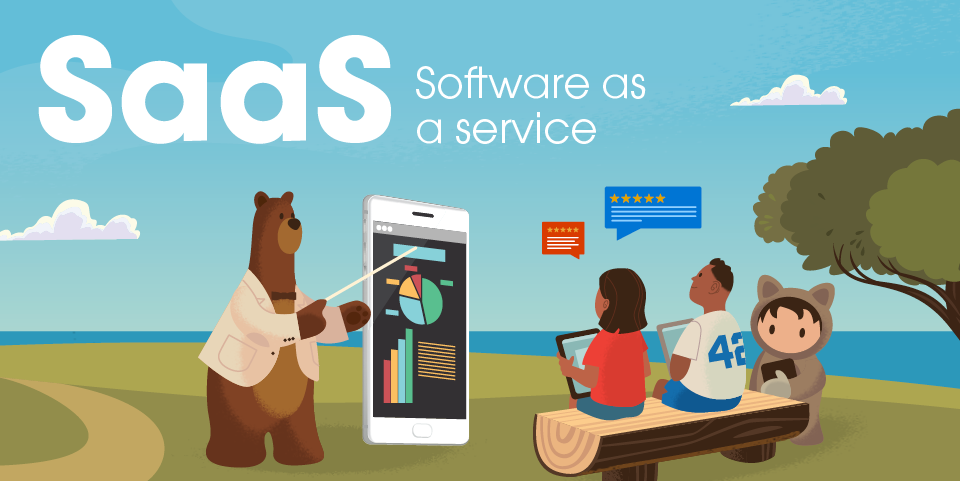
No, it’s not a special branch of the armed forces! ‘Software as a service’ is a popular licensing and delivery model for centrally hosted software that involves subscription, rather than a one-off purchase. The benefit for the user is that their subscription includes constant updates, so they’re always using the latest and greatest version. SaaS models have fuelled the massive rise in cloud technology use, whose history you can see detailed in this handy infographic.
What is SEO/SEM?
When people go looking for something that’s relevant to your business – whether it’s a product or information – you want to show up in their searches. ‘Search engine optimisation’ is all about making your online properties rank as high as possible in the results pages of search engines like Google.‘Search engine marketing’ is the use of mainly paid advertising to create greater SEO results.
Extra credit: Those results pages are often called SERPs or ‘Search engine results pages.’ GA or ‘Google analytics’ is an analytics platform that helps website managers track website performance and where your traffic is coming from – it’s just one type of analytics tool, which is crucial for measuring your SEO or SEM.
What is SFA?
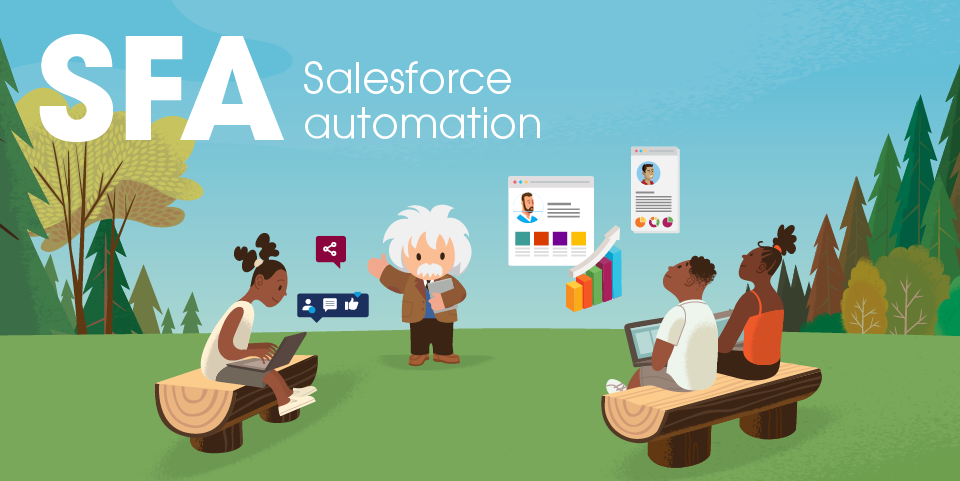
Why waste your time doing repetitive tasks that can be automated by technology? Success in business today is all about working smarter. That’s where ‘Salesforce Automation’ comes in. It’s about processes that are repetitive and often administrative, that can be managed quickly and without error by technology, leaving you to look after the high-value work.
Want to keep learning about technology that grows businesses and propels innovation? Find out about Salesforce Customer 360.
